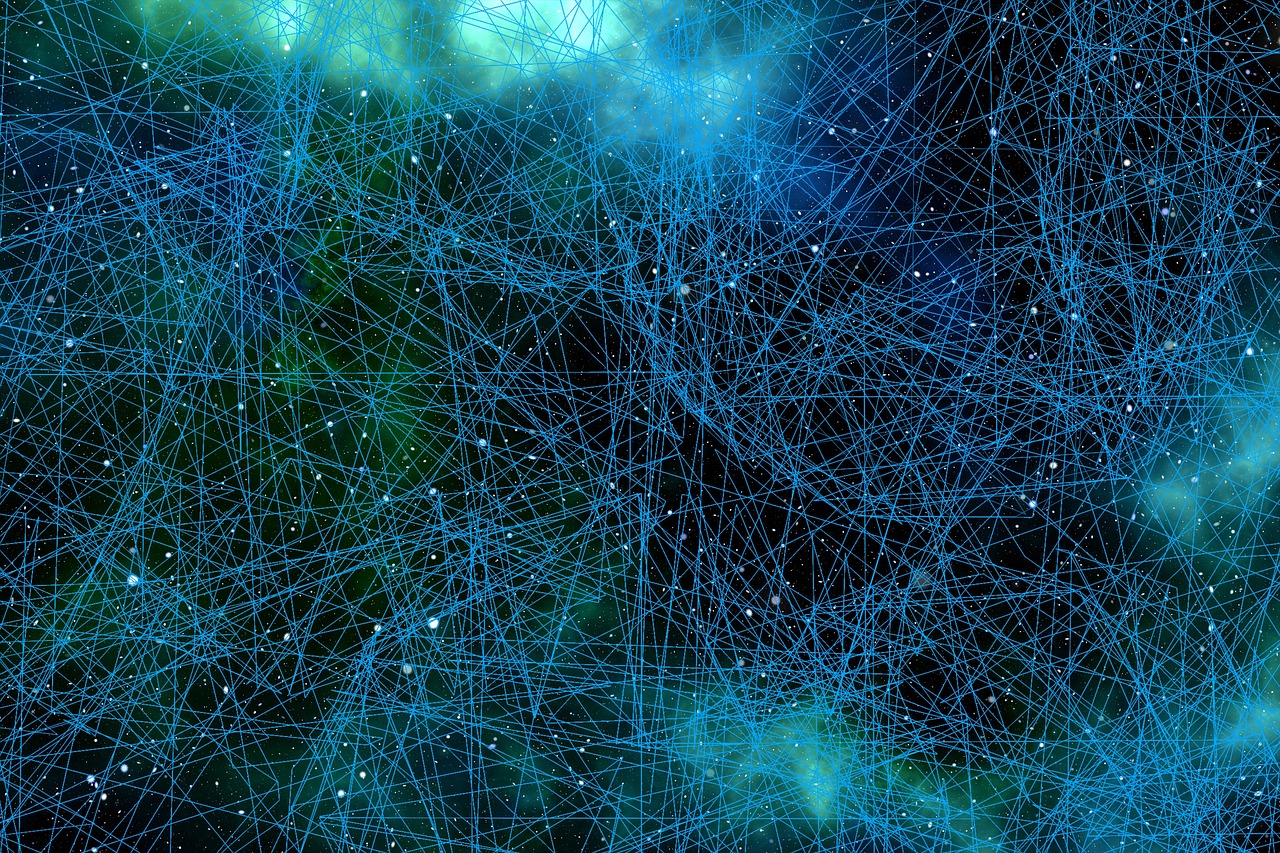Why can neural networks learn (almost) everything?
In the digital era in which we live, artificial intelligence (AI) technologies have become an integral part of our daily lives. One of the most fascinating and rapidly developing areas of AI is neural networks. These unique structures, inspired by the structure and operation of the human brain, are revolutionizing the way machines learn and process information. Thanks to their ability to adapt and learn based on the provided data, neural networks open the door to incredible possibilities in various fields - from image recognition to advanced predictive analytics.
Neural networks, consisting of interconnected nodes representing neurons, operate in a way that mimics human thought processes. As a result, they can process complex input data and deliver precise results. In this article, we will take a closer look at how neural networks work, how they learn, and what potential applications they may have in the future. We will also consider why they have become such a fundamental tool in the field of artificial intelligence and what promises they hold for the future of technology.
Structure and operation of neural networks
To understand why neural networks are so effective, it's worth examining their structure. Just as the human brain consists of neurons connected by synapses, neural networks consist of nodes (neurons) connected by weights. These weights are key to the network's learning process - they adjust in response to input data, optimizing the network for more accurate predictions.
Each neuron in the network receives input data, processes it using an activation function, and passes it on. The activation function determines whether a given neuron should be "activated" and to what extent to pass the information on. This process takes place in multiple layers, from the input layer through hidden layers to the output layer.
The learning process
One of the most astonishing aspects of neural networks is their ability to learn. They learn through an iterative process of adjusting weights in response to training data. When the network makes a prediction, it calculates the difference between the predicted result and the actual result. This error is then used to adjust the weights so that the network makes more accurate predictions in the future.
As more training data is provided, the neural network becomes more accurate. What's truly impressive is that, with proper training, neural networks can make predictions based on data they have never seen before.
Potential applications and the future
Thanks to their ability to process vast amounts of data and make complex predictions, neural networks find applications in many fields. From medicine, where they are used to diagnose diseases based on medical images, to finance, where they predict market movements.
However, what's truly exciting about neural networks is their potential for the future. As technology advances and more training data becomes available, the possibilities for neural networks will only grow. We can expect them to become a key element of many modern technologies, from autonomous cars to advanced recommendation systems.
With their ability to adapt, learn, and process complex patterns, they are at the forefront of this revolution in the field of artificial intelligence. Their potential is vast, and the possibilities for practical use are virtually limitless.
Interaction with other technologies
Neural networks cannot be discussed in isolation. Their true power is revealed when they are integrated with other technologies. For example, combining neural networks with blockchain technology can lead to the creation of more secure and transparent decision-making systems. Similarly, integration with augmented reality (AR) and virtual reality (VR) technologies can open up new possibilities in the fields of education, entertainment, and design.
Ethical challenges
With the growing application of neural networks, ethical questions also arise. How to ensure that algorithms operate fairly and are not biased? What are the potential social and psychological consequences of relying on machines for decision-making? These questions are becoming increasingly pressing, especially in the context of applications such as facial recognition or predicting criminal behavior.
Limitations and challenges
Although neural networks are a powerful tool, they also have their limitations. They require vast amounts of training data, which can be a challenge in some fields. Moreover, their "black box" nature - the difficulty in interpreting why exactly the network makes certain decisions - is the subject of ongoing debate and research.
Conclusion
Neural networks have brought significant progress in the field of artificial intelligence, opening the door to incredible possibilities and challenges. As they continue to develop and integrate with other technologies, it is important to continue research, experiments, and discussions about their potential, limitations, and impact on society. One thing is certain: they are here to stay and will have a lasting impact on our future.




